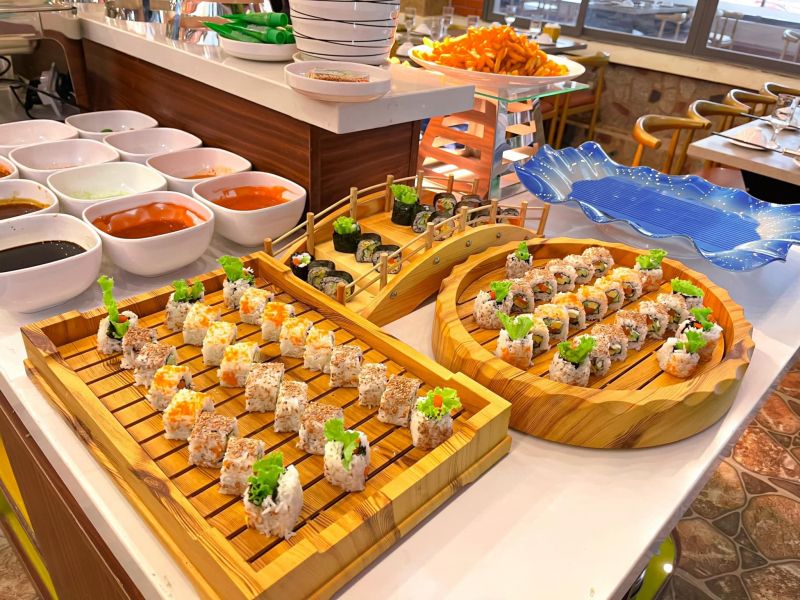No products in the cart.
Cách Nấu Lẩu Kiritanpo Nabe Nhật Bản, Mẹo Hay Lẩu Kiritanpo Nabe là một món ăn truyền thống của vùng Tohoku, Nhật Bản. Đây là món ăn ấm lòng, hoàn hảo cho những ngày lạnh giá. Lẩu Kiritanpo Nabe được làm từ gạo nếp nướng, nhồi vào que tre, và nấu trong nước dùng dashi […]

